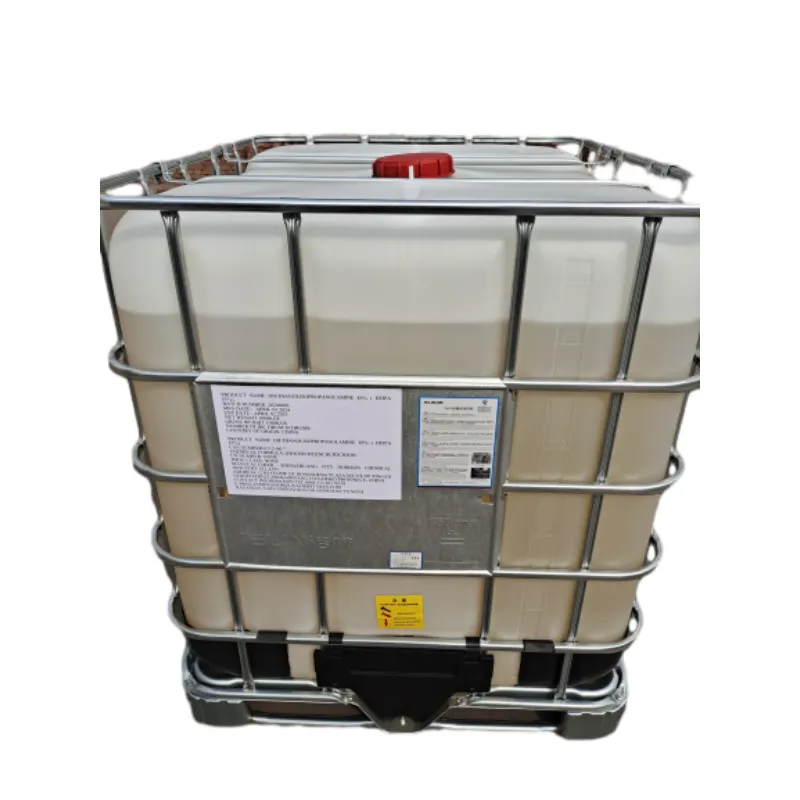
Understanding E955 Food Additive and Its Impact on Health and Safety
Understanding E955 The Food Additive and Its Implications
In the world of food additives, E955 stands out as an artificial sweetener known as Sucralose. It is widely used as a sugar substitute in various food products, providing a sweet flavor without the high caloric content associated with sugar. As consumers become increasingly health-conscious and seek to reduce their sugar intake, the popularity of such artificial sweeteners has soared. This article aims to delve into E955's origin, safety, applications, and the ongoing debates surrounding its use.
The Origin of E955
Sucralose is derived from sucrose, commonly known as table sugar. The production process involves the chlorination of sugar molecules. Specifically, three hydrogen-oxygen groups are replaced with chlorine atoms, a modification that enhances the sweetness while rendering the body incapable of metabolizing it. As a result, Sucralose is approximately 600 times sweeter than sugar, allowing for much smaller quantities to achieve the desired sweetness in food products.
The additive was approved for use in food by the U.S. Food and Drug Administration (FDA) in 1998 and has since been embraced by numerous countries around the world. Its versatility has made it a common ingredient in products ranging from beverages and desserts to baked goods and sauces.
Health Safety and Concerns
One of the primary considerations surrounding E955 is its safety for human consumption. Regulatory agencies, including the FDA, European Food Safety Authority (EFSA), and World Health Organization (WHO), have conducted extensive research on Sucralose. These studies have generally concluded that it is safe for the majority of the population when consumed within the established acceptable daily intake (ADI) levels.
e955 food additive

However, some health advocates and researchers have raised concerns about potential risks associated with long-term consumption. Some studies have suggested that artificial sweeteners may disrupt gut microbiota, potentially leading to metabolic issues. Additionally, there is ongoing debate about whether consuming E955 could contribute to cravings for sweet foods, thereby undermining efforts to reduce overall sugar intake. As with many food additives, individuals can react differently, and it is advisable for consumers to be aware of their own bodies’ responses.
Applications of E955
Sucralose's unique characteristics allow it to be used in various applications beyond sweetening food. It is heat-stable, which means it can be used in cooking and baking without losing its sweetness, unlike some other artificial sweeteners. This makes it an attractive option for manufacturers looking to create low-calorie or sugar-free versions of their products.
In addition to food, E955 is also found in a range of pharmaceutical products, particularly in chewable tablets and syrups, providing a pleasant taste without contributing to tooth decay or adding significant calories. This versatility highlights sucralose’s role in addressing different consumer needs across sectors, particularly in health-oriented products.
The Controversial Debate
Despite its widespread use and regulatory approval, E955 remains a contentious topic, primarily among consumers who prefer natural products. The growing trend toward clean eating and avoidance of artificial ingredients has sparked a backlash against additives like Sucralose. Many consumers are seeking alternatives, pushing manufacturers to explore natural sweeteners such as stevia or monk fruit extract.
In conclusion, E955, or Sucralose, serves as an intriguing case study in the world of food additives. While it provides a useful solution for those looking to manage sugar intake and lower calorie consumption, it also raises questions about long-term health implications and consumer preferences. As research continues and consumer attitudes evolve, the future of E955 in the food industry will likely lead to ongoing discussions about the balance between health, safety, and taste. Ultimately, consumers should remain informed and make choices that align with their dietary needs and lifestyle.
-
Understanding Synthetic Rubber OptionsNewsApr.27,2025
-
Trichloroisocyanuric Acid: Essential for Clean and Safe WaterNewsApr.27,2025
-
Sodium Dichloroisocyanurate: Key to Safe Water TreatmentNewsApr.27,2025
-
Sodium Acid Pyrophosphate: Essential in Modern Food ProcessingNewsApr.27,2025
-
Essential Water Treatment ChemicalsNewsApr.27,2025
-
Denatured Alcohol and Its Industrial UsesNewsApr.27,2025
-
The Versatile Uses of Sodium BicarbonateNewsApr.24,2025
Hebei Tenger Chemical Technology Co., Ltd. focuses on the chemical industry and is committed to the export service of chemical raw materials.
-

view more DiethanolisopropanolamineIn the ever-growing field of chemical solutions, diethanolisopropanolamine (DEIPA) stands out as a versatile and important compound. Due to its unique chemical structure and properties, DEIPA is of interest to various industries including construction, personal care, and agriculture. -

view more TriisopropanolamineTriisopropanolamine (TIPA) alkanol amine substance, is a kind of alcohol amine compound with amino and alcohol hydroxyl, and because of its molecules contains both amino and hydroxyl. -

view more Tetramethyl Thiuram DisulfideTetramethyl thiuram disulfide, also known as TMTD, is a white to light-yellow powder with a distinct sulfur-like odor. It is soluble in organic solvents such as benzene, acetone, and ethyl acetate, making it highly versatile for use in different formulations. TMTD is known for its excellent vulcanization acceleration properties, which makes it a key ingredient in the production of rubber products. Additionally, it acts as an effective fungicide and bactericide, making it valuable in agricultural applications. Its high purity and stability ensure consistent performance, making it a preferred choice for manufacturers across various industries.











